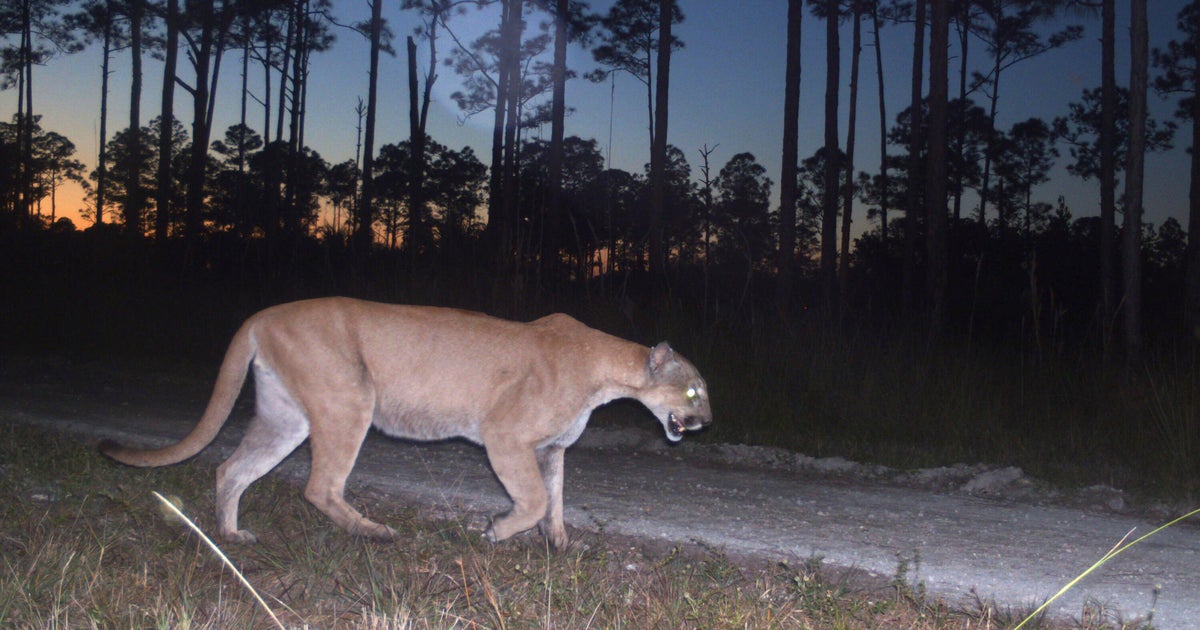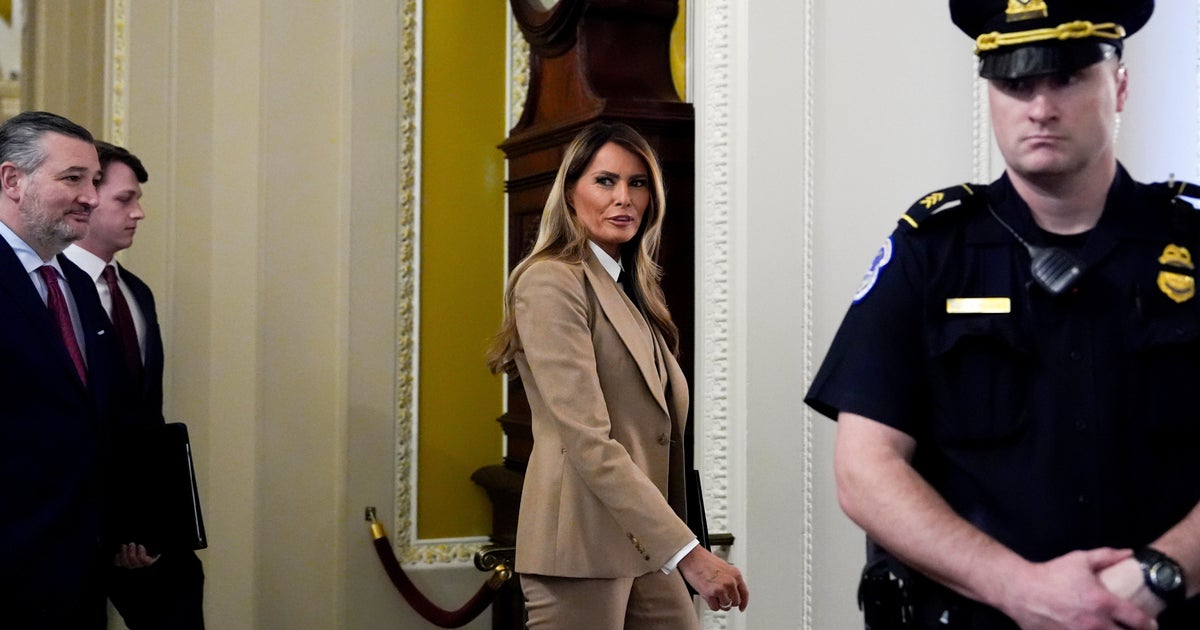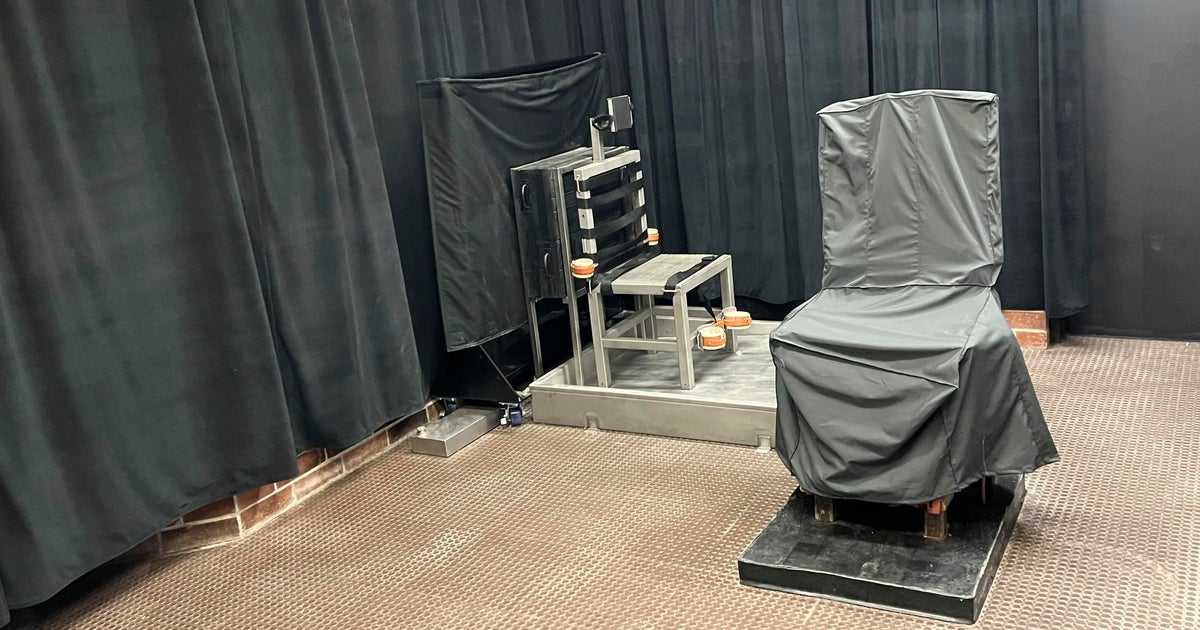Partner of cop on trial in 911 caller's shooting says deadly force was premature
The partner of a Minneapolis police officer who fatally shot an unarmed woman as she approached their squad car testified Thursday that he didn't fire his own gun because he was still trying to determine if he was in danger. He agreed with a prosecutor's characterization that it would have been "premature" to use deadly force, but also acknowledged under defense questioning that he feared an ambush.
Officer Matthew Harrity is a key witness in the trial of Mohamed Noor, who is charged with murder and manslaughter in the July 15, 2017, shooting death of Justine Ruszczyk Damond.
Damond had placed two 911 calls that night to report a possible sexual assault in the alley behind her home. Struck in the abdomen, the 40-year-old dual citizen of the U.S. and Australia bled to death in an incident that sparked anger and disbelief in both countries.
Prosecutors questioned Harrity on some key points, including why he didn't fire his own weapon and why he didn't tell investigators at the scene about a thump on the squad car, something he later said had startled the officers.
Harrity, dressed in full uniform and crying at one point during his testimony, said as he and Noor responded to Damond's 911 call, they drove down the alley with their headlights off, using a spotlight to search for any evidence of a woman in trouble. Harrity, who was driving, had the safety hood off his holster, ready to pull out his gun if needed.
The pair was in the alley for less than two minutes. Finding nothing, they stopped at the end of the alley and planned to go to another call.
Harrity testified that he then had a "weird feeling" to his left but couldn't make out what it was.
"At this time, I hear something hit the car and I also hear some sort of murmur," he said. He said he was startled by the thump and his mind went straight to a possible ambush.
He immediately drew his gun and held it to his ribs pointing downward, he said. Under cross-examination from defense attorney Peter Wold, Harrity acknowledged he was scared.
Harrity said that as he tried to make sense of what was happening, he heard a pop, saw a flash, and looked over to see Noor had fired his gun. Noor had fired across Harrity and through the driver's side window.
Prosecutor Amy Sweasy seized on Harrity's restraint, asking him about his training in the reasonable use of deadly force. Prosecutors need to prove Noor acted unreasonably when he shot Damond.
Under questioning from Sweasy, Harrity said that he would need to identify a threat and a target before firing his weapon. Harrity conceded that an officer would not point a gun unless he intended to use it, and said deadly force can be used only under reasonable circumstances.
"Use of deadly force, from your viewpoint at this point, would have been premature," Sweasy said of the situation. "Yes, with what I had," Harrity replied.
Harrity also faced tough questions about what he told investigators in the moments right after the shooting. Prosecutors have questioned the defense narrative of a thump on the squad car, saying investigators found no forensic evidence that Damond touched it.
Harrity acknowledged Thursday that he didn't mention the thump to anyone that night, but said that was because only a brief statement was required and he knew he would be making a full statement in coming days.
Noor never talked to investigators and it isn't clear whether he will testify.
Harrity said he worked well with Noor, adding that he trusted him and felt Noor always had his back.
"I loved working with Officer Noor," he said.
Harrity grew emotional during his testimony when he talked about his own mindset in the days after the shooting.
Neither officer had their body cameras running when Damond was shot, something Harrity blamed on what he called a vague policy that didn't require it. Prosecutors have highlighted officers turning their body cameras on and off repeatedly after the shooting.
Sweasy questioned Harrity about that repeatedly, at one point asking, "It was more important to get your gun ready than your body-worn camera?" Harrity said it was, after repeatedly testifying that he didn't know what he would encounter.
Earlier this week, Minneapolis Police Chief Medaria Arradondo testified that both Harrity and Noor should have turned on their body cameras when responding to the call for help, reports CBS affiliate WCCO.
Both men switched their cameras on afterward, and both videos were played on Thursday.
The body camera videos show efforts by the two men to save Damond with CPR, and they show the last moments of her life. In the videos, Damond struggles to breathe, and Harrity says repeatedly, "Stay with me, stay with me, stay breathing." He also is heard addressing his partner: "Noor, breathe, just breathe."
According to WCCO, Ruszczyk Damond can be heard in the video saying, "I'm dead, I'm dying."
Damond was white. Noor , 33, is a Somali American whose hire two years before the shooting was celebrated by Minneapolis leaders as a sign of a diversifying police force in a city with a large population of Somali immigrants.






